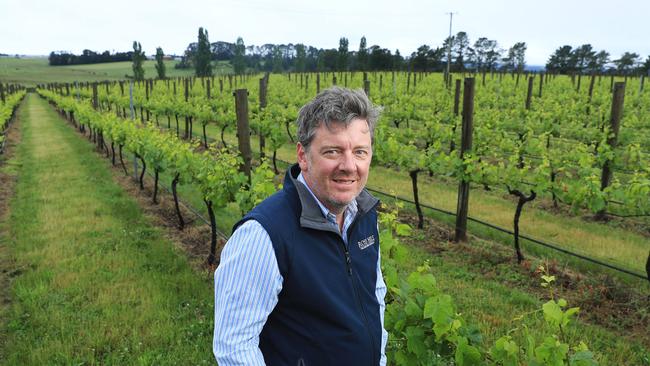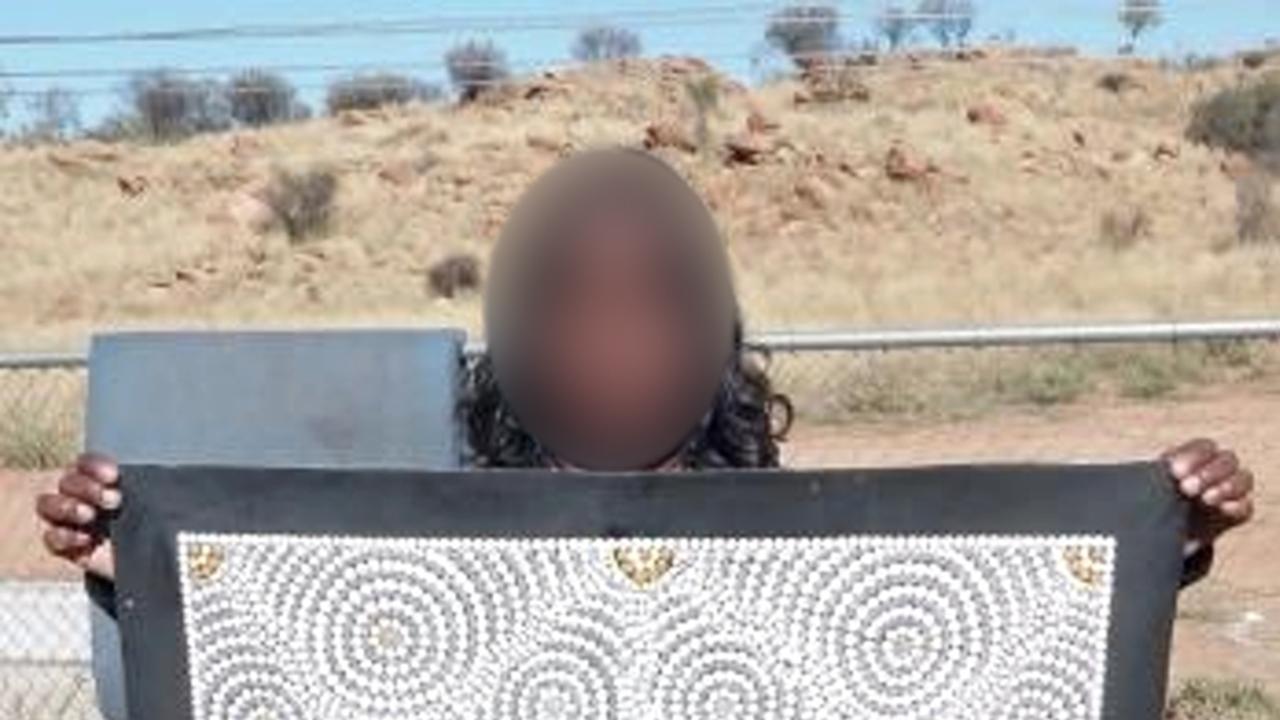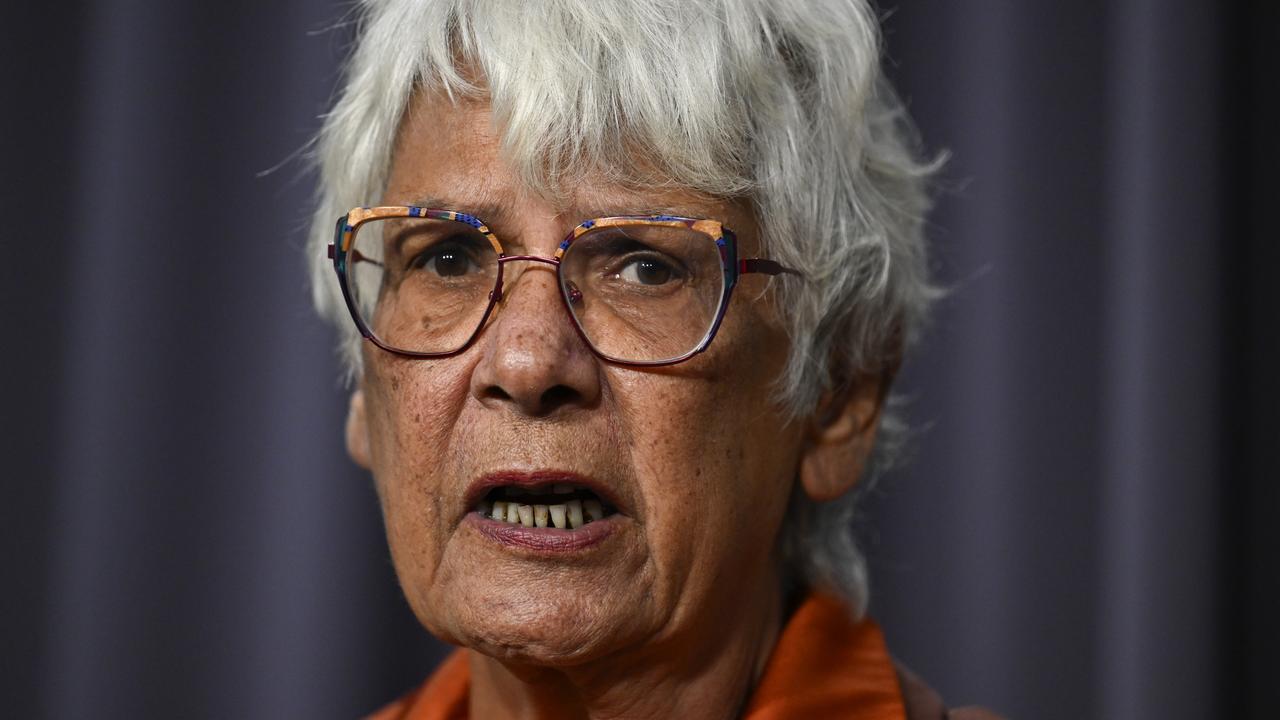Cool change a hot topic for Australian wineries
Australian wineries are following a global trend by relocating to regions with cooler climates, to escape the impact of global warming.

Wineries across the globe are relocating to regions with cooler climates in frantic attempts to escape the impact of global warming on their grapes.
From the Australian viticulture hub of the Hunter Valley to Italy and Spain, wineries that were once thriving are taking drastic measures to preserve their premium product.
Orange vigneron James Robson spent $10m to relocate his chardonnay vineyard at Ross Hill wines from the bottom of a valley to the top of a hill so it could reap the benefits of the cooler climate.
For chardonnay, microclimates must be sought to ensure a continuity in growing conditions for the grape to ultimately produce a premium wine.
While Mr Robson’s new vineyard won’t produce quality grapes for at least 10 years, he said it was an investment in the future as global warming took hold.
“I don’t mean to get political but the fruit doesn’t lie,” he said.
“When you get those solid blocks of drought like we did in 2017, 2018 and 2019, you see a real decline in the quality of the wine.
“In 2019, we had to buy fruit from some of the colder vineyards. But we don’t want to do that - we’re farmers and we want to grow our own fruit. Hence why we’re building the new vineyard.”
It was a similar story for southern Tasmanian winemaker Kate Hill, who moved her winery from Griffith to Victoria in anticipation of a warming climate.
“Working in the Murrumbidgee irrigation region, I felt I couldn’t make beautiful fine wines with lovely structure and elegance in such a warm climate,” she said.
“I was particularly interested in sparkling wine as well and that does really well in a cool climate.”
But it’s not just slowly warming temperatures that are having an impact on Ms Hill’s crop. “We still have really wet ground, we have had a bad frost year which we have mitigated with overhead sprinklers and late yesterday afternoon we had a hail storm which caused a lot of damage,” she said.
“The increased frequency and intensity of extreme weather events are going to cause our food and wine to become more expensive and harder to get hold of.
“The only way to get out is to campaign heavily to our government and leaders to do something about climate change.”
University of Tasmania climate impacts researcher Tomas Remenyi pointed to bushfires as the most damaging natural disaster putting local wineries at risk.
November research from the Bureau of Meteorology proved that the annual area burned by fire across Australia’s forests had been increasing by about 48,000ha a year over the past three decades.
After five years, that would be roughly the size of the entire Australian Capital Territory.
Yet the fire isn’t the biggest risk factor to wine crops. The danger is in the smoke.
“If you’re unlucky enough for the fire to come through your site then complete destruction is obviously a huge problem, but the smoke impact is most devastating for grapes,” Dr Remenyi said.
“If you’re within a particular distance from the fire, the smoke carries some nasty compounds from a flavour point of view and it makes the wine taste like you’re drinking out of an ashtray.
“Worse than that is management strategies for bushfires are to do prescribed and planned burning, and the best time to do that is around harvest time in autumn. Smoke from planned burning also has catastrophic effects on the crop.”
The issue isn’t unique to Australian wineries.
In Europe, winemakers are relocating vineyards from places like the south of France to more unconventional wine-growing territory further north, such as England.
“Europe is warming faster than the rest of the world, so they’re having to deal with a lot of the changes earlier than we have had to in Australia and the US,” Dr Remenyi said.
“Because of the impact that can have on branding, wineries have been relocating quite quietly over the last decade, but now they can stand tall and tell everyone how progressive they are by trusting the science and moving appropriately.”



